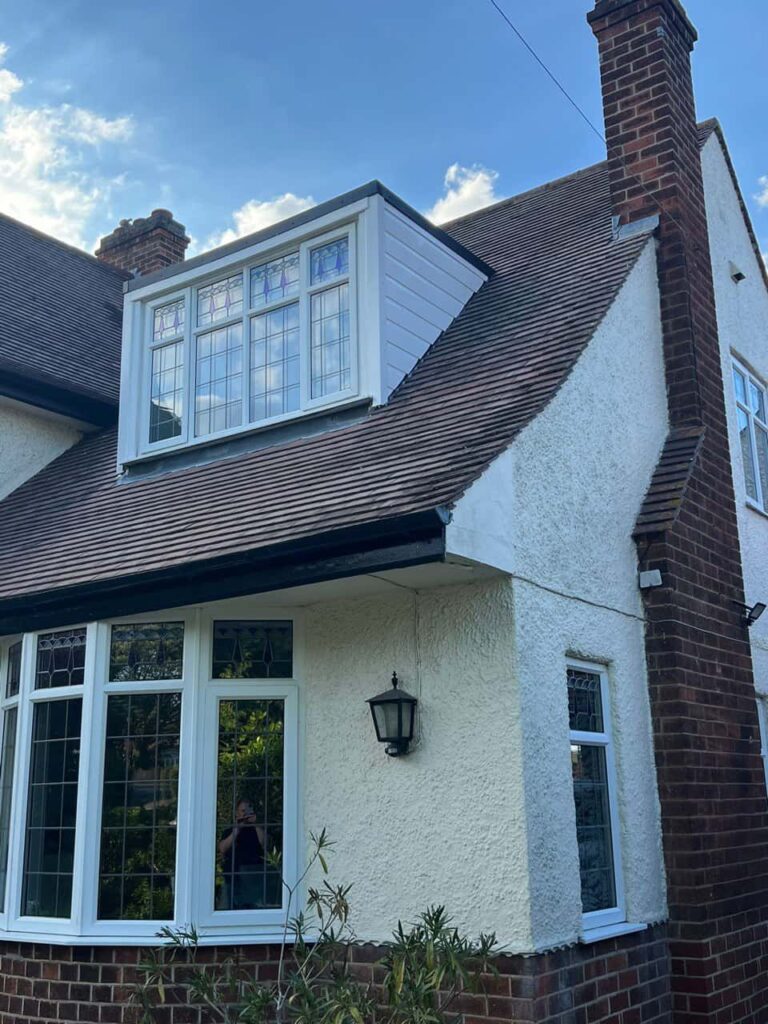Leadwork is a vital component of many roofing systems, providing an effective seal that prevents water ingress and ensures the structural integrity of the roof. However, like all roofing materials, lead can be susceptible to wear and tear over time. As a homeowner in Branston, Lincolnshire, it’s important to understand the basics of leadwork repairs, when they’re necessary, and how a professional roofing service can help you protect your home from water damage.
In this guide, we’ll walk you through the essentials of leadwork repairs, including why repairs may be needed, the process of leadwork restoration, and how to spot issues before they become costly problems.
What Is Leadwork and Why Is It Important?
Lead is a durable and malleable material commonly used in roofing to create flashing, valleys, and gutters. It is highly resistant to corrosion and ideal for preventing water from entering vulnerable areas of the roof, such as around chimneys, dormers, and skylights.
- Lead flashing: Installed around chimneys, vents, and joints to form a water-tight seal.
- Lead valleys: Channels that direct water from the roof to the gutters.
- Lead dormers and hips: Additional areas where lead is often used for effective water management.
Leadwork not only protects your home from water damage but also contributes to the aesthetic value of the roof, offering a traditional and stylish finish.
When Do You Need Leadwork Repairs?
Over time, lead can degrade due to various factors, including weather conditions, environmental exposure, and physical damage. As a homeowner, it’s important to be aware of the signs that may indicate a need for leadwork repairs.
1. Cracked or Split Lead
Lead is a soft metal that can crack or split due to age or extreme weather conditions. When the lead is compromised, it can no longer form an effective seal, leaving the roof vulnerable to leaks.
2. Corrosion or Discolouration
Lead can become discoloured and corroded over time, particularly in areas where it is constantly exposed to moisture. This can weaken the material, leading to further damage if left untreated.
3. Lead Sheet Expansion or Shrinking
Lead can expand and contract with temperature fluctuations, causing it to loosen or become detached from the roof. If the lead is not properly secured, it can shift and create gaps where water can enter.
4. Visible Holes or Gaps
If you spot holes or gaps in the leadwork, whether in flashing or valleys, it’s crucial to have these repaired promptly to avoid water damage.
The Leadwork Repair Process
Leadwork repairs require precision and skill, as improperly installed leadwork can cause further damage to the roof. Here’s an overview of the repair process:
1. Inspection and Assessment
A professional roofing contractor will first inspect the leadwork to assess the extent of the damage. This involves checking for signs of cracking, corrosion, or any loose or detached lead. If the damage is minimal, localised repairs may be sufficient. However, if the damage is extensive, a full replacement of the affected areas may be required.
2. Removal of Damaged Lead
Once the damage has been assessed, the damaged lead will be carefully removed to prevent any further damage to the surrounding roofing structure. This ensures that the new lead can be installed properly and securely.
3. Preparation of the Surface
Before installing new lead, the surface beneath must be thoroughly cleaned and prepared. This includes removing any debris, old sealants, or rust that may have accumulated.
4. Installation of New Lead
New lead is then installed, carefully moulded to fit the contours of the roof and securely fastened in place. Professional contractors ensure that the leadwork is properly sealed to form an effective barrier against water.
5. Final Inspection
Once the leadwork is installed, the roofing contractor will conduct a final inspection to ensure that all joints, seams, and edges are properly sealed. This is essential for preventing leaks and ensuring the long-term durability of the repair.
Preventing Future Leadwork Issues
While leadwork is a durable material, regular maintenance can help extend its lifespan and prevent costly repairs in the future. Here are some tips for maintaining your leadwork:
- Regular inspections: Have your leadwork inspected annually, particularly after severe weather conditions, to catch any signs of damage early.
- Clean gutters and valleys: Debris in gutters and valleys can cause water to pool and put unnecessary stress on the lead. Regular cleaning helps maintain proper drainage.
- Promptly address small issues: If you notice any minor damage or signs of wear, address them promptly to prevent larger issues from developing.
Conclusion
Leadwork repairs are an essential part of maintaining a weather-tight roof and protecting your home from the elements. If you notice any signs of damage to your leadwork, it’s crucial to act quickly to prevent water ingress and potential structural damage. Professional roofing services, such as those offered by Branston Roofing Repairs in Branston, Lincolnshire, ensure that your leadwork is repaired correctly and efficiently, giving you peace of mind knowing your roof is in safe hands.
If you need reliable and expert leadwork repairs, don’t hesitate to contact us. Our team at Branston Roofing Repairs is here to provide quality services that will help maintain the integrity of your roof for years to come.
Call us on: 01522 459 294
Click here to find out more about Branston Roofing Repairs
Click here to complete our contact form and see how we can help with your Roofing needs.

